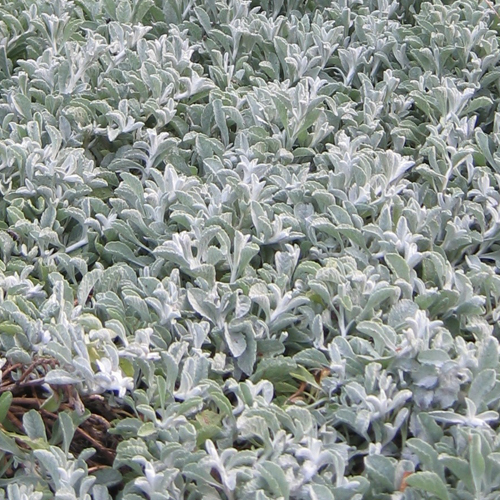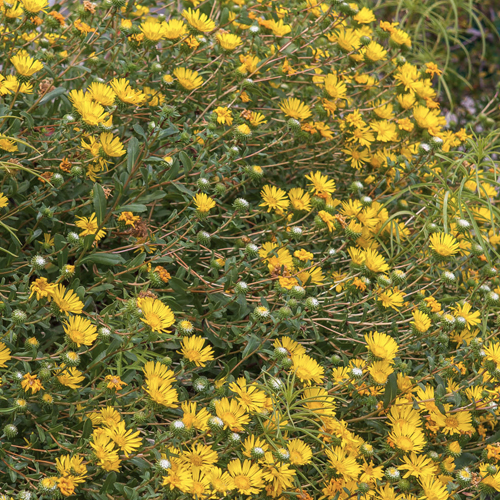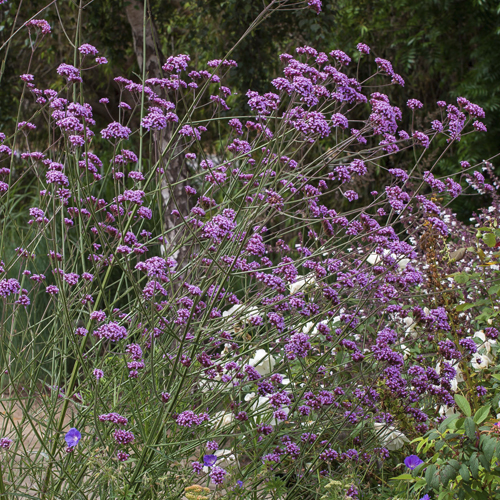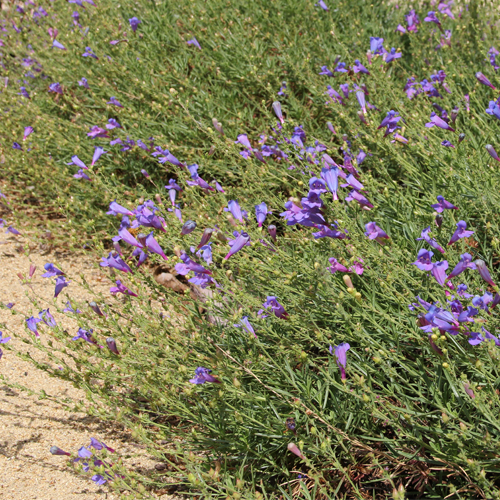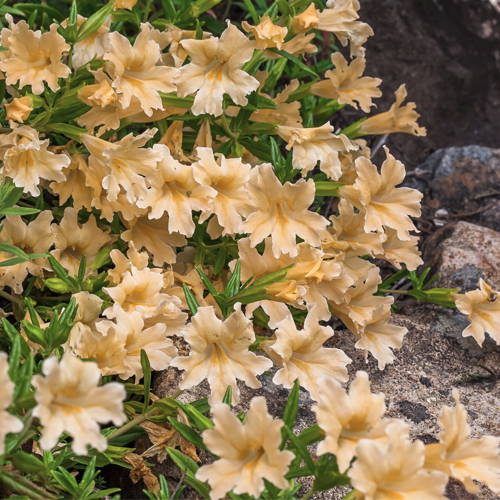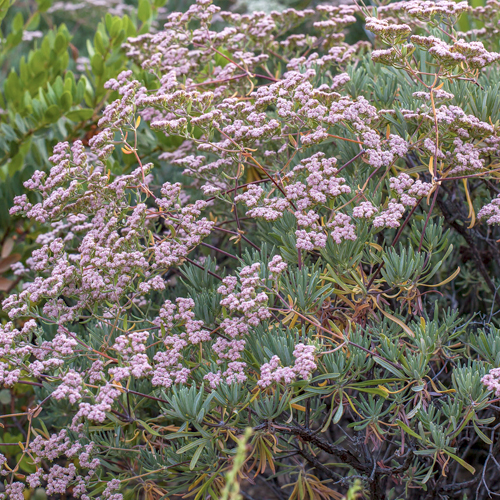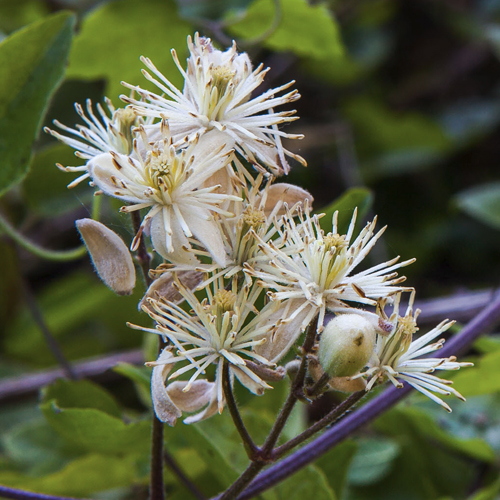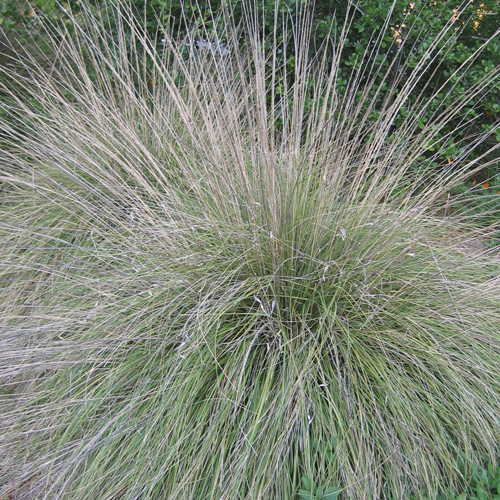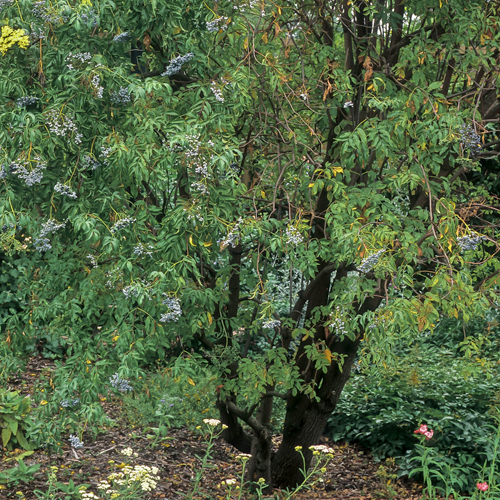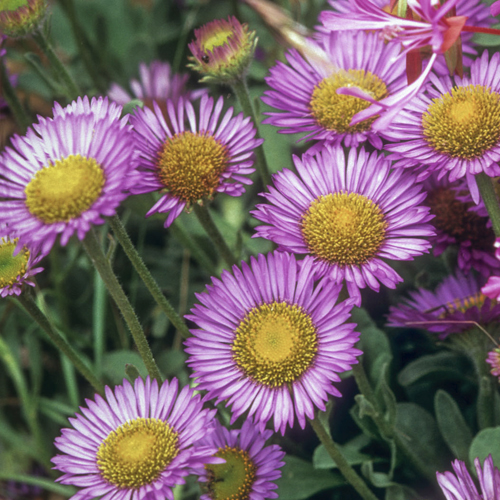Wildlife Oasis
BACK TO FULL TOUR
Garden Features
Drought Tolerant
Edible Garden
California Natives
Deer Resistant
Drip Irrigation
Pesticide Free
Rainwater Harvesting System
Sheet Mulching
Lawn-Free Landscaping
Wildlife Habitat
Educational Signage
Experience these two remarkable outdoor spaces to immerse yourself in nature and discover the wonders of native plants and wildlife in the local area.
Thriving Native Plant Habitat
The Native Habitat Garden nestled beside the pond in Town Park Corte Madera, serves as a refuge for wildlife and exemplifies sustainable planting practices.
Established by Refugia Marin in 2021, this garden was designed with sustainability in mind. It boasts drought-tolerant native plants that offer year-round sustenance and shelter for birds and insects. Plants are helpfully labeled, so you can identify and choose your favorites to enjoy in your own yard.
Featuring a Monarch Waystation, this garden supports the western Monarch butterfly with native milkweed for egg-laying and nectar plants for feeding. Educational panels highlight the importance of conservation efforts towards this majestic insect.
This Native Habitat Garden came to life through Refugia Marin’s collaboration with local partners: The Town of Corte Madera provided the land, while the Larkspur-Corte Madera School District supplied water. Designed by Dan Dufficy of CNL Native Plant Nursery, the garden champions organic, native plant methods.
Educational Elementary School Garden
Just beyond the fence lies the Hawk’s Garden, a vibrant outdoor learning space spanning 2,000 square feet.
Established by the school’s parent teacher organization in 2016, together with the 2nd grade teacher, it includes galvanized metal planters, wooden planters, and in-ground beds bursting with edible crops and pollinator-friendly plants, such as borage, nasturtiums, and sunflowers, are interspersed with the food crops. Fruit trees, including fig, lemon, lime, pomegranate, and apple, can also be found within the garden. Students learn about food crops and ecosystems, and benefit from science projects folded into their curriculum on campus. This is an ADA compliant garden.
Stop by our welcome table, where our knowledgeable team will help you with information, leaflets and plant lists! We will also have tomato plants for sale or for donation to those that visit us on the tour.
Special Events
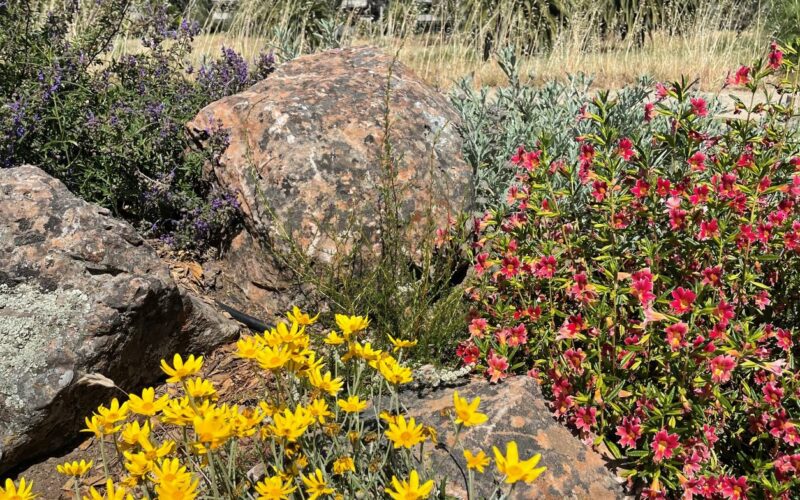
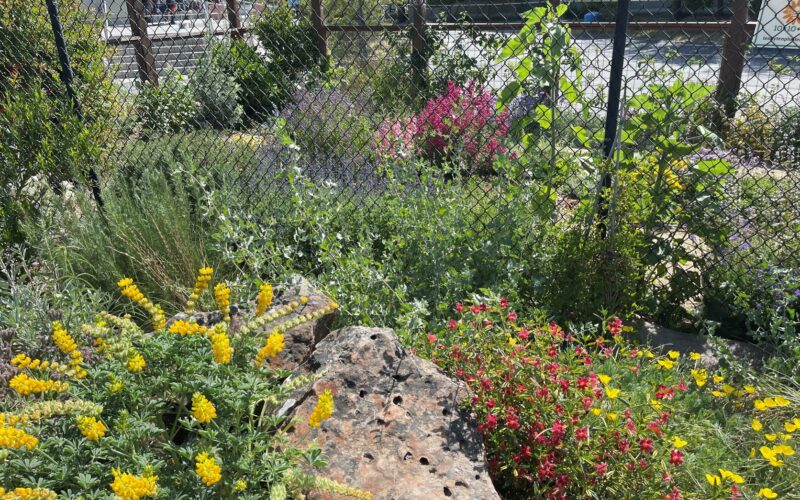
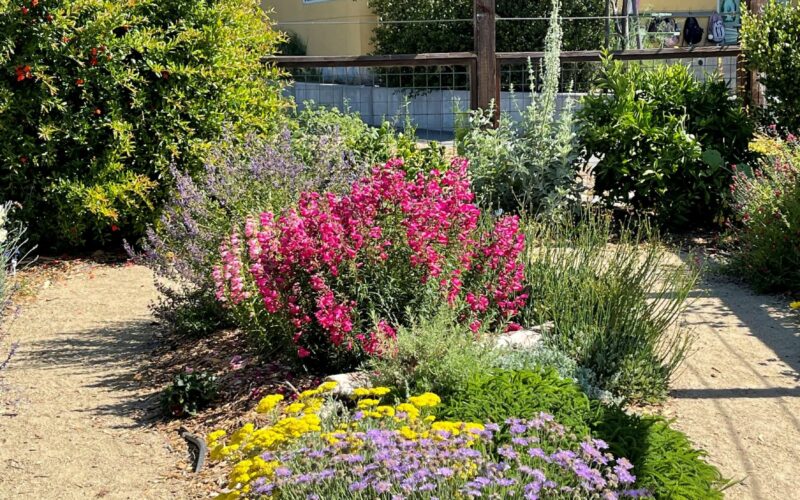
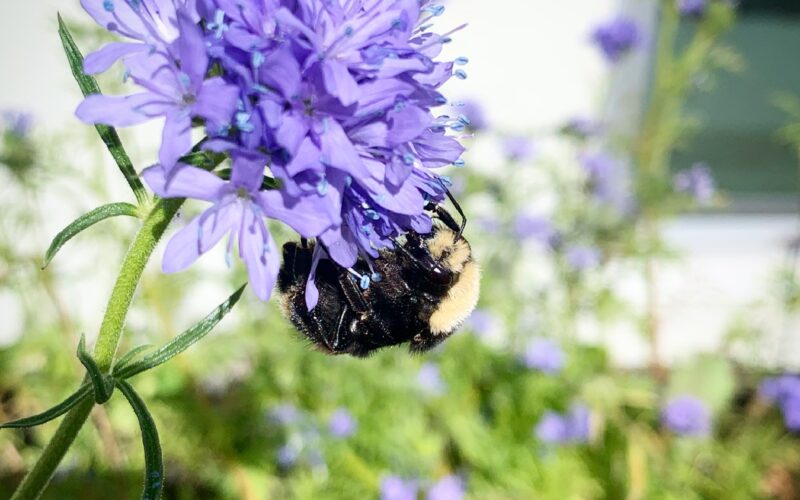
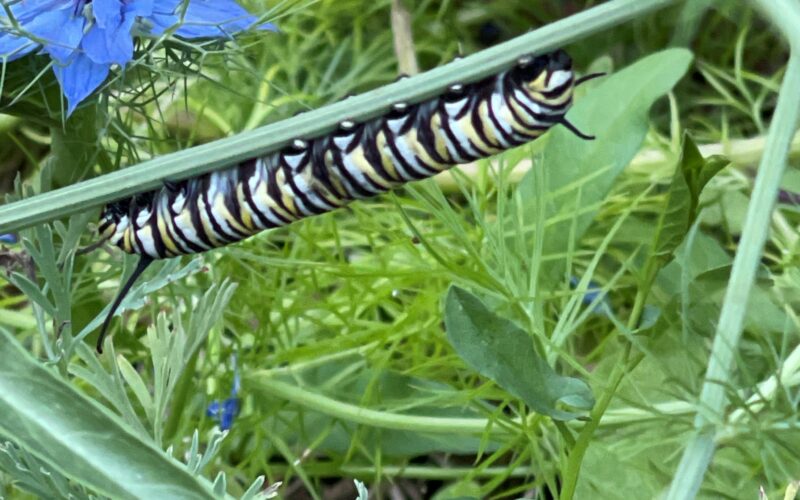
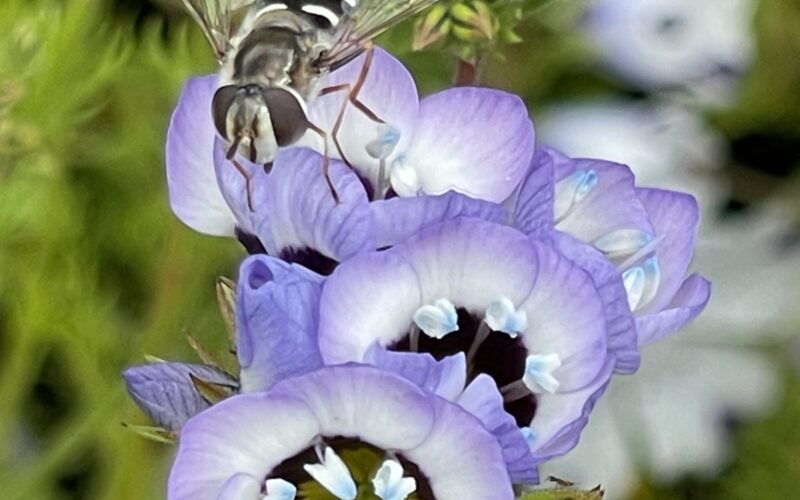
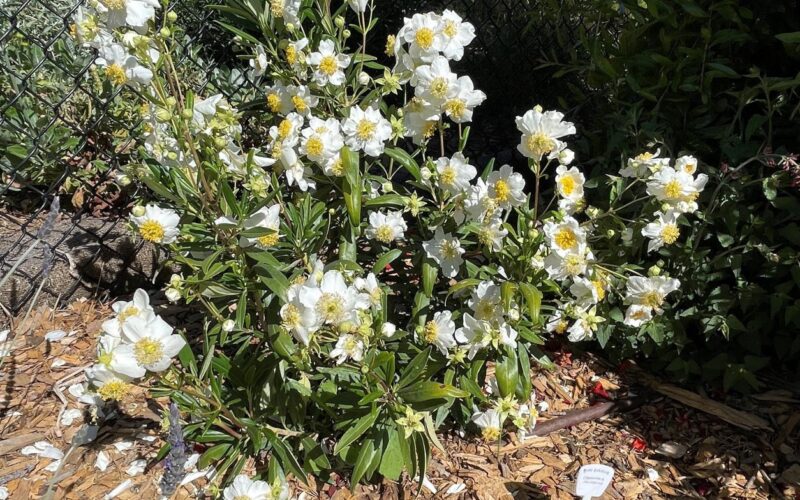
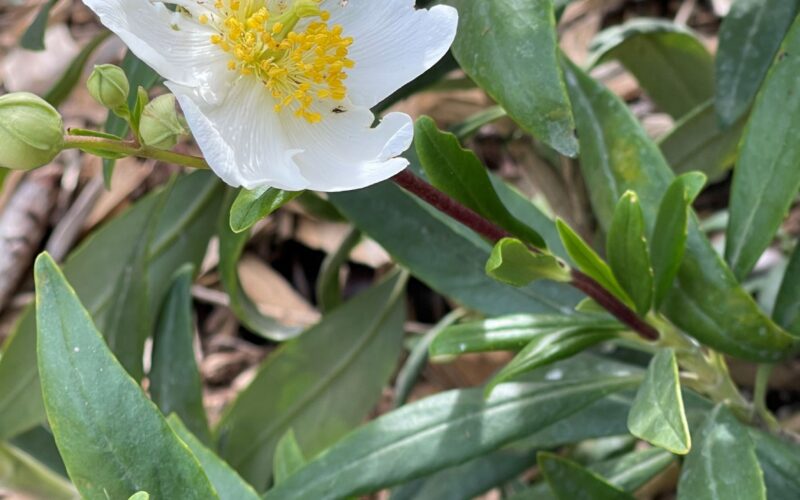
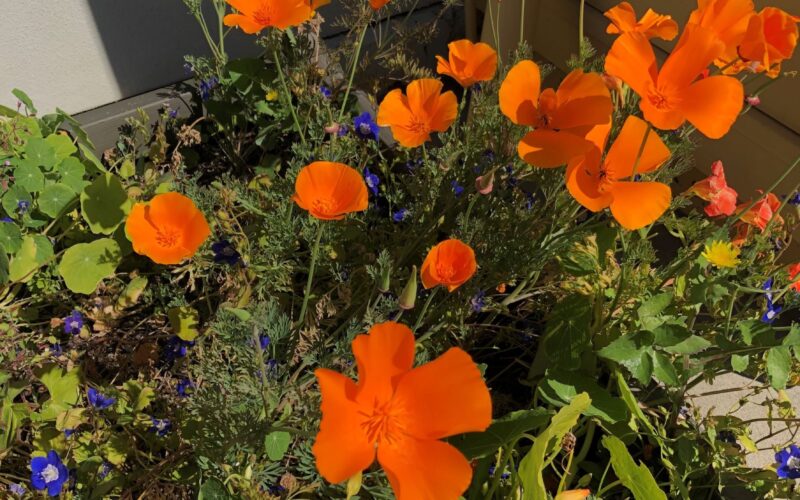
Plants in this Garden
Favorite Plants
California Poppy
Eschscholzia californica
California Lilac
Ceanothus
Narrow Leaf Milkweed
Asclepias fascicularis
Hummingbird Sage
Salvia spathacea
Coastal Live Oak
Quercus agrifolia var. oxyadenia
Favorite Garden Suppliers
CNL Native Plant Nursery
254 Shoreline Highway Mill Valley
Green Jeans Nursery
690 Redwood Highway Mill Valley
Sloat Nursery
401 Miller Avenue Mill Valley
Cottage Gardens
3995 Emerald Drive Petaluma
O'Donnell's Fairfax Nursery
1700 Sir Francis Drake Boulevard Fairfax
Recommended Resources
Calscape
Calscape offers a database of plants native to California, along with details on their characteristics and habitat requirements. Additionally, it aims to promote the use of native plants in landscaping to support biodiversity and to conserve water.The Bee Friendly Garden
Written by Kate Frey and Gretchen LeBruhn100 Plants to FEED THE BEES
Written by The Xerces SocietyCommon Butterflies of California
Written by Bob StewartBraiding Sweetgrass
Written by Robin Wall KimmererGardening Tips
Come volunteer with the Refugia Rangers and you will learn a great deal!
Everyone has a green thumb.
Hand pulling weeds is the best method.
Not every plant likes every garden. If it’s struggling or dies, move on and find one that does like your conditions.
